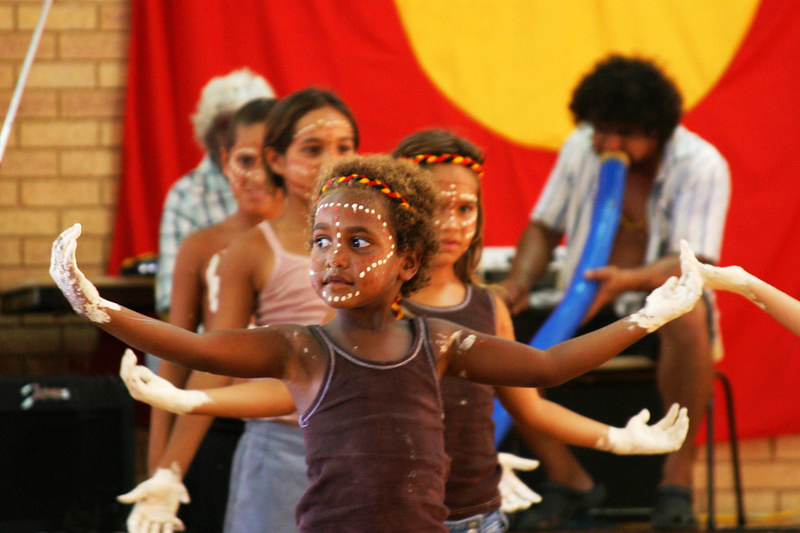Creating Accessible Healthcare in Australia

Australia has a blend of public and private healthcare systems. While every citizen receives guaranteed public healthcare, the government encourages middle- and upper-class Australians to acquire private insurance if they make above around $62,000 per year. They pay a specific tax if they do not take out private coverage. Private healthcare facilities in Australia are generally “nicer” than public ones, with shorter waiting times and more attentive care — but they are also more expensive.
Younger Australians, generally healthier than the rest of the population, are growing frustrated with the private healthcare system’s rising out-of-pocket costs. As these young people lean away from private insurance and pay to stay on the public plan, premiums will rise for older and sicker Australians with private healthcare plans.
Care for Indigenous Populations
Indigenous Australians face greater barriers in the healthcare system than non-indigenous Australians. The United Nations has recognized human rights concerns in Australia when it comes to indigenous populations and their healthcare. There is a gap of around 17 years in the life expectancy of indigenous and non-indigenous Australians.
Wealth is a factor behind this inequality. Indigenous Australians earn only 62% of the weekly earnings of other Australians. Education barriers also make the healthcare system harder for indigenous Australians to navigate. The Australian government underfunds schools in majority-indigenous areas, and indigenous students are half as likely as non-indigenous students to continue onto year 12 of education. Higher levels of education usually lead to higher income, which makes the healthcare system more accessible. In addition, increased education can help people understand vital health information.
Reforms for Greater Accessibility
Wealth seems to be a common theme throughout the story of healthcare in Australia. While many are unsure of what to do, there is a consensus that things need to change. Some experts have suggested changing resource allocation and tracking patient care outcomes. With people waiting up to four months for healthcare treatments, some experts have argued that hospitals must become more efficient.
One notable organization working for change is Indigenous Allied Health Australia (IAHA), formed in 2008. This network connects indigenous members of the Australian healthcare industry — or those pursuing a healthcare career — to other indigenous people working toward health education, resources and research for their communities. It also provides cultural responsiveness training so that Australian healthcare workers can learn to better connect with indigenous patients. Overall, IAHA aims to increase indigenous participation in the healthcare industry and make healthcare more accessible to indigenous peoples.
Australia may seem like a progressive paradise to some Americans, but it has its flaws. Age, race and wealth all factor into how someone accesses healthcare in Australia. Groups like IAHA are working to make health coverage more equitable in a troubled system. They have made positive changes and provided the necessary training to marginalized communities that their government often neglects. The land down under still has a long way to go to create a fair healthcare system for all, but Australians may look toward a brighter future under improved policies and protections.
– Tara Suter
Photo: Flickr
